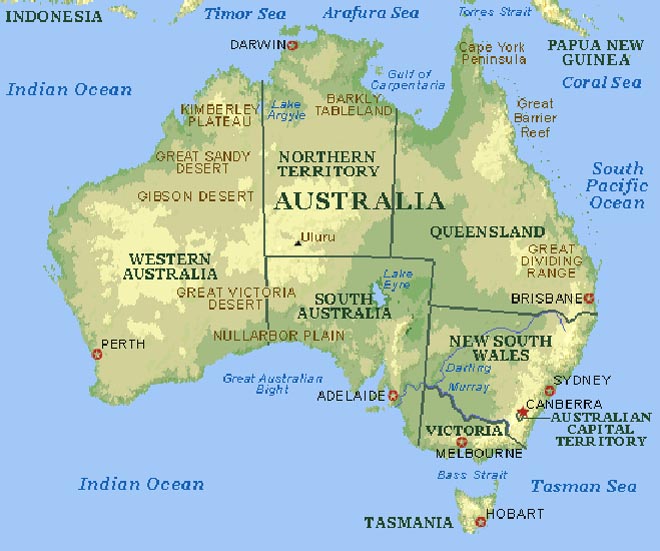A capsule containing dust from an asteroid it visited on a 7-year journey of 4 billion kilometres was believed to have landed back on Earth Sunday, dpa reported.
The Japanese spacecraft Hayabusa re-entered the atmosphere as planned over Australia, travelling at a mind-boggling speed of 12 kilometres per second.
Before burning up, the fridge-sized probe was supposed to eject the capsule, which was to float down tethered to a parachute.
A spokeswoman for the Australian science ministry, Michele Clement, said that a radio signal on the capsule had been activated - a good sign for a problem-free landing.
Officials believe that the capsule landed shortly after 1400 GMT - or about midnight local time - in the Australian desert, 500 kilometres north of Adelaide.
The capsule, which is about the size of a basketball, is to be retrieved at daylight, Clement said.
Dozens of Japanese, American and Australian scientists were tensely waiting at the Woomera Test Range for news of the recovery. The capsule, which will only be opened once it is back in Japan, carries the first asteroid sample brought to Earth.
It also represents Australia's first space landing.
Among the first to see the capsule on the desert floor will be local Aboriginal elders. They are booked on the helicopter that will recover the cannister to check that it did not damage sacred sites when it landed.
Hayabusa was launched in May 2003 and landed twice on the asteroid Itokawa before breaking down and being lost for two years.
Hayabusa still had problems in three of its four engines and was coaxed back to Earth by Japanese and US space travel experts.
"After a 7-year mission and several billion kilometres, and considering the trouble the poor little thing has had getting home, this is an absolutely amazing feat by the Japanese and by NASA, who are helping them to square this thing up and fire it at the right spot on Earth," Woomera spokesman Lindsay Campbell.
Australian National University geochemist Trevor Ireland said the sample could give clues to the creation of the planets 4.5 billion years ago.
"It'll be a major scientific prize," he said, noting that it was only the fourth time that samples had been brought to Earth.
The first samples were collected during the Apollo moon landing, the second were solar wind particles collected in 2004 and the third was a sample of comet dust brought back by the Stardust spacecraft in 2006.
The capsule will be taken to Japan for initial study, after which Australian and NASA scientists will get their chance to examine what might just be a gram or so of material.
"You can take a microscopic grain of an asteroid returned from this mission and slice it up with a diamond knife into 100 slices or more and then farm those samples out to labs all over the world," NASA's Michael Zolensky said.
Japanese spacecraft re-enters atmosphere over Australia
A capsule containing dust from an asteroid it visited on a 7-year journey of 4 billion kilometres was believed to have landed back on Earth Sunday, dpa reported.






